IEEE 1394
| IEEE 1394 | ||
|---|---|---|
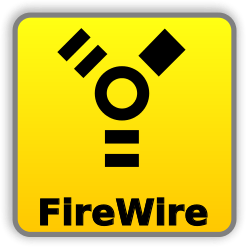
| ||
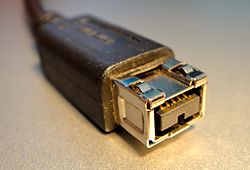
| ||
| teknika normo • normo de IEEE • normo pri aparatara interfaco vd | ||
| Dum | 1995 - nekonata/nuntempe | |
| Sekvanto | Thunderbolt | |
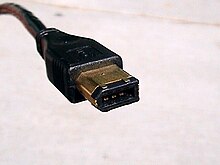

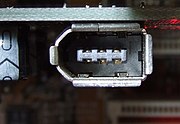
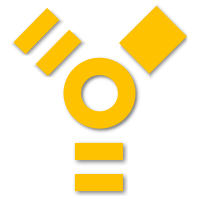
IEEE 1394 – (kurta nomo de IEEE 1394 High Performance Serial Bus) estas normo de rapidega seria buso oficialigita de IEEE.
Ekde komence la buson prezentis firmao Apple en 1986 kaj nomis ĝin FireWire. La firmao intencis, ke la buso anstataŭu la multekostan interfacon SCSI por komuti flankaparataron. Firmao Sony nomas la buson iLink. IEEE 1394 estas rapidega seria buso funkcianta malsinkrone kaj realtempe, kio tre gravas por transdono de ciferecaj videoaj kaj sonaj datenoj. La buso estas vaste uzata por komuti neĉekomputilan aparataron (ekz. videokameraoj de normo DV).
Normo IEEE 1394 priskribas du kategoriojn de busoj: kabloj kaj regiloj. Buso de regilo estas paralela buso arboforma, konsistanta el pontoj kaj nodoj. 64-bita adreso konsistas el:
- 6-bita adreso nod_ID (permesas adresi 63 nodojn – maksimuma kvanto de aparatoj komuteblaj al unu regilo).
- 10-bita bus_ID (permesas munti ĝis 1023 pontojn).
- 48-bita adreso.
Eblas kunkomuti ĝis 16 kablojn po 4,5 m, kio sume estas 72 m – maksimuma longeco de kablo. La buso permesas «varman» al-forkonektadon (sen malŝalto de komputilo) kaj tujan aŭtomatan sindeĉifron de komutanta aparato. IEEE 1394 permesas elektronutron de komutataj aparatoj (+8-40 V, 1,5 A, 60 W). Laŭ varianto de la normo IEEE 1394a-2000 rapideco de la buso povas esti 100, 200 kaj 400 Mb dum sekundo. Ekzistas multaj ĝustigoj kaj normoj rilataj al IEEE 1394: Mikrosofta UPnP kaj OpenHCI, DPP, PWG, HAVi, RBC, IP/1394, Device Bay k. a. Laŭ IEEE 1394-1995 estas uzata 6-stifta kablo kun elektronutraj konduktiloj. En IEEE 1394a-2000 estis normigita plimalgranda 4-stifta ŝtopoparo sen elektronutraj konduktiloj.
vidu ankaŭ
[redakti | redakti fonton]Eksteraj ligiloj
[redakti | redakti fonton]- http://www.1394ta.org Arkivigite je 2006-09-25 per la retarkivo Wayback Machine
- http://www.linux1394.org
- http://grouper.ieee.org/groups/1394/c Arkivigite je 2006-02-17 per la retarkivo Wayback Machine
- http://www.barefeats.com/usb2.html
Text is available under the CC BY-SA 4.0 license; additional terms may apply.
Images, videos and audio are available under their respective licenses.


